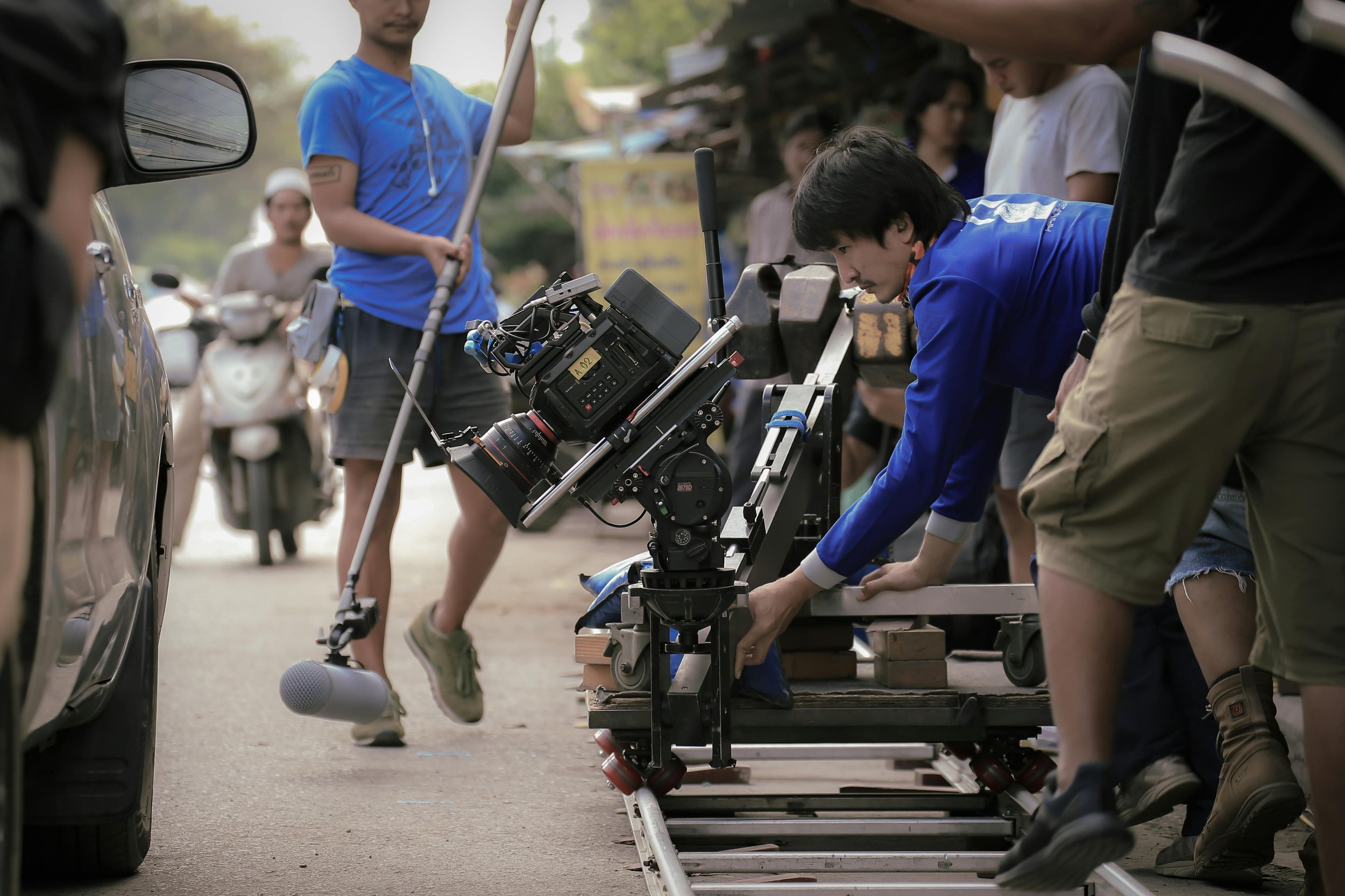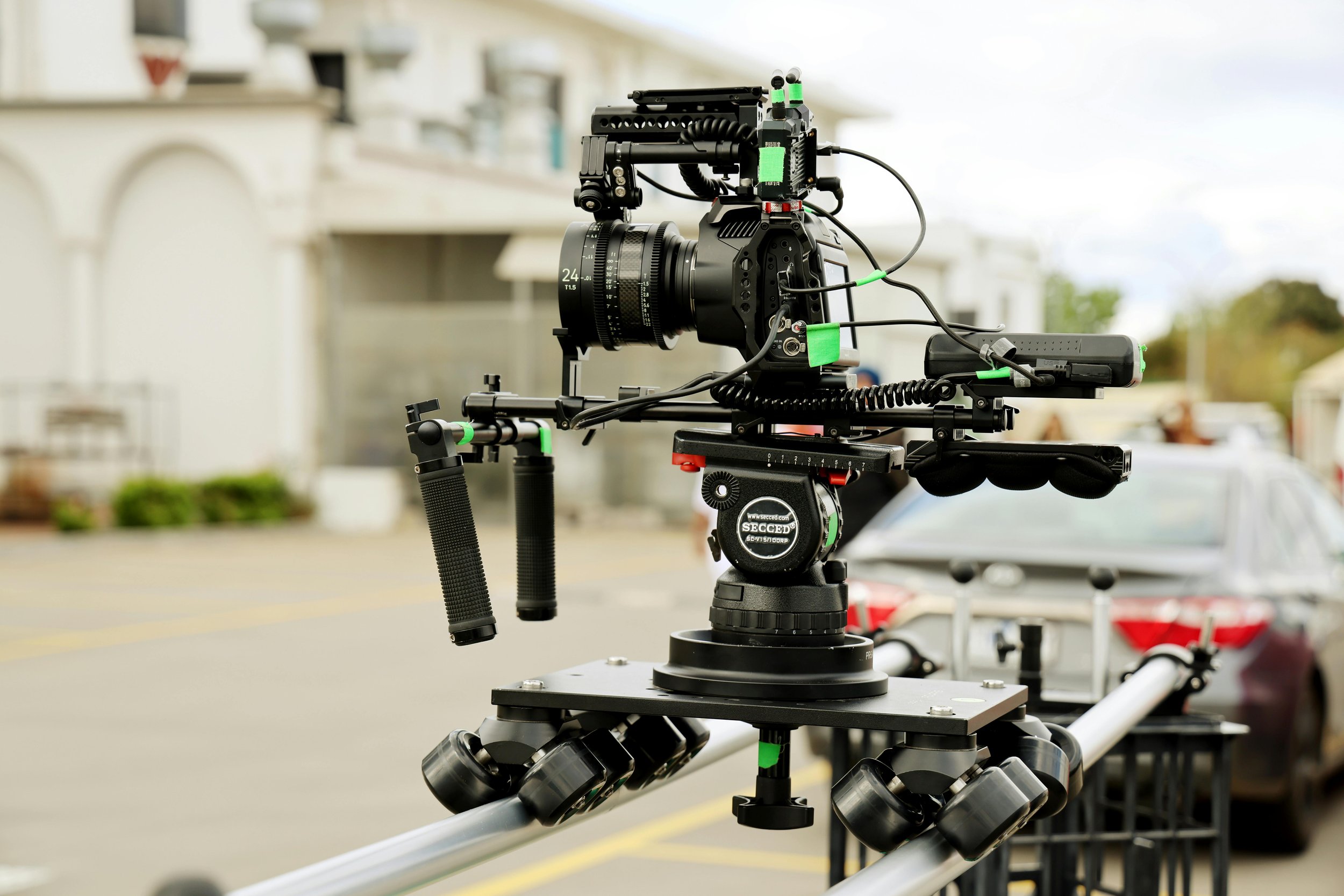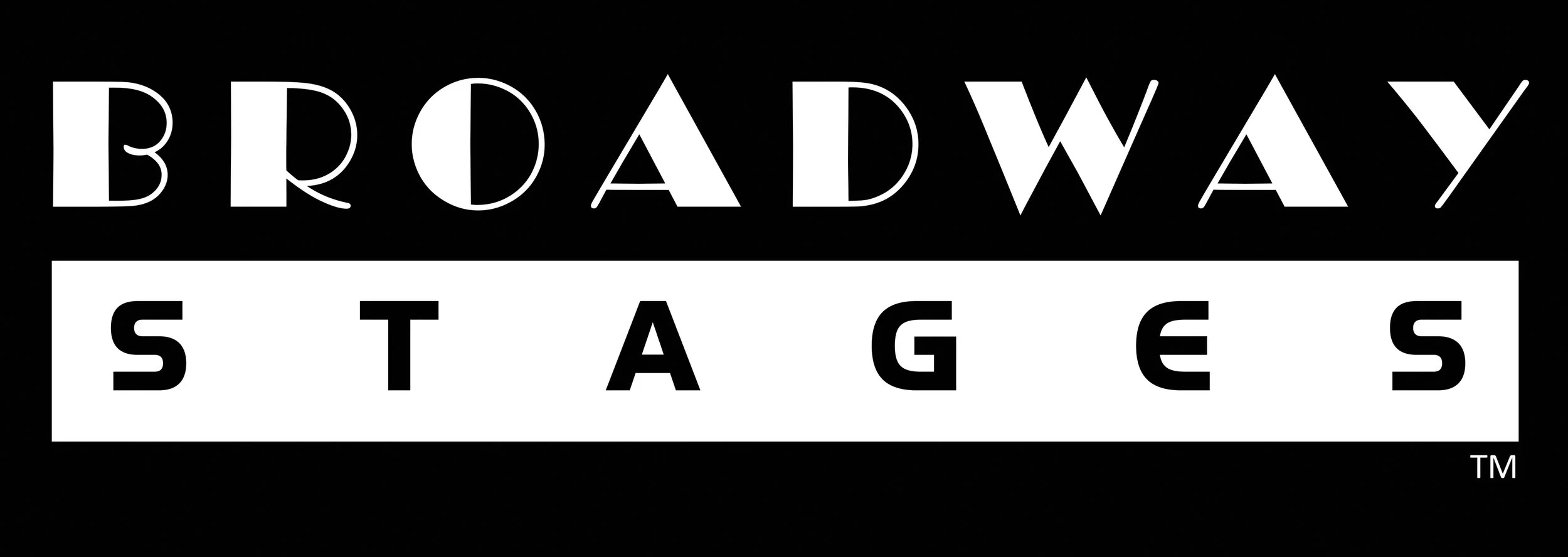Tools of the Trade | Tracking and Dolly Shots
/As one of the premier studio production companies in New York, Broadway Stages works to meet the growing needs of the film and TV industry, providing one-stop-shop services, top-tier soundstages, and distinctive locations where productions shoot their scenes. In this series, we take a closer look at some of the unique tools and settings used to make a production come to life. We hope it provides insight into what it takes to make film and TV magic. This week, we look at tracking and dolly shots and how they are used in film and television productions.


Broadway Stages has always appreciated the artistry and technical mastery that cinematographers bring to storytelling. Their ability to craft immersive, visually stunning moments defines the power of film and television. Among their most effective tools are tracking and dolly shots, which elevate the viewing experience by drawing audiences into the heart of the action. From the fluid motion of a dolly shot gliding through a bustling set to a perfectly timed tracking shot following a character’s journey, these techniques shape the emotional impact of a scene.
What Are Tracking and Dolly Shots?
A tracking shot involves moving the camera through a scene, following a subject or revealing new elements in the frame. It's a complex process that requires precise coordination between the camera operator, the subject, and the environment. On the other hand, a dolly shot, named after the wheeled platform that carries the camera, creates a similar effect but often emphasizes smooth, controlled movement. This movement is achieved by carefully pushing or pulling the dolly along a set path, ensuring the camera remains steady and the shot remains in focus. Both techniques involve specialized equipment and careful planning to execute correctly.
Filmmakers use a variety of tools to achieve these shots. Dollies, which range from simple rolling platforms to advanced motorized rigs, move along tracks for precise, steady movement. Some productions use Steadicams, handheld stabilizers, or cranes to achieve similar effects when tracks are impractical. Technological advancements have also introduced cable cams and drones, expanding creative possibilities.
How They Shape the Viewing Experience
Tracking and dolly shots do more than just follow a character. They shape emotion, tension, and immersion. These shots can pull the audience into a scene, create urgency, or highlight important details without cutting away. They are not just camera movements, but powerful storytelling tools that captivate and engage the audience.
Take Stanley Kubrick’s “The Shining” (1980). The iconic hallway sequence, where Danny pedals his tricycle through the Overlook Hotel, uses a low-angle tracking shot to place the viewer at the child’s level. The smooth yet relentless movement builds suspense, making every turn feel like a potential encounter with the unknown.
Or consider “Goodfellas”(1990). The famous Copacabana scene follows Henry Hill and Karen as they enter the nightclub through the back entrance in one continuous dolly shot. The fluid motion immerses viewers in their world, making them feel the excitement and confidence of a man who can bypass the line and walk straight into luxury.
Similarly, in the film "Children of Men" (2006), a long tracking shot is used to create a sense of urgency and chaos during a battle scene. These examples demonstrate the versatility of tracking and dolly shots in enhancing storytelling.
More recently, television series like “True Detective” have used long tracking shots to heighten tension. A standout example is the six-minute unbroken shot in the first season’s fourth episode, which follows Rust Cohle through a chaotic drug raid. The seamless movement makes the audience feel trapped in the action, increasing the scene’s intensity.
The Process Behind the Shot
Filming a tracking or dolly shot requires planning, teamwork, and technical precision. First, directors and cinematographers decide how and why the shot should move. Every decision — speed, angle, and path — affects the story’s impact.
Once the shot is mapped out, the crew sets up the equipment. Traditional dollies require laying down track, which demands a level surface and time to adjust. If a scene calls for fluid motion over uneven ground, a Steadicam operator might take over, carefully balancing the rig while walking through the space. For large-scale productions, cranes or cable cams provide even greater flexibility.
Rehearsals are crucial. A tracking shot often involves actors, camera operators, focus pullers, and sometimes lighting technicians moving in perfect sync. One misstep can throw off timing, requiring another take. But when done right, the result is seamless and powerful.
Where to Learn More
Aspiring filmmakers and cinephiles can deepen their understanding of tracking and dolly shots with the YouTube videos below:
● “Back to Basics: Tracking and Dolly Shots | Cinematography Techniques” (Shutterstock Tutorials) - This YouTube video explains the basics of these camera techniques.
● “The Difference Between Dolly & Zoom Shots” (Film Riot) - This YouTube video explains the difference between dolly and zoom shots. They show examples and give you a better idea of how to use these techniques in visual storytelling.
● “How to Shoot Better Tracking Shots” (StudioBinder) - This YouTube video gives you a modern tracking shot definition and shows you various tracking shot examples, including some of the best tracking shots and dolly shots.
● “Ultimate Guide to the Dolly Zoom — Camera Movement & When to Use It Explained” (StudioBinder) - This YouTube video is a guide to cinema’s most unique and mind-bending camera movement, including how to enhance the Vertigo effect with lighting, camera angle, and sound design.
Final Takeaway
Tracking and dolly shots aren’t just flashy techniques — they’re storytelling tools that shape how audiences connect with a scene. Whether intensifying suspense, enhancing immersion, or revealing hidden details, these shots continue to push the boundaries of visual storytelling. Pay attention to how the camera moves the next time you watch a film or TV show. Chances are, a well-placed tracking or dolly shot is pulling you deeper into the story. To learn more about the people who use these tools and techniques to craft engaging imagery, check out the article “What’s a Cinematographer?” in Broadway Stages Film and TV Industry Resource Guide.
One of New York’s largest and most trusted full-service studio production companies, offering comprehensive services for film, television, live streaming, commercials, live performances, music videos, and more. With over 40 years of experience, we’ve become a cornerstone of New York’s thriving creative industry.
With more than 60 soundstages spanning across Brooklyn, Queens, and Staten Island, Broadway Stages offers over 4 million square feet of state-of-the-art production space, including soundstages, support space, distinctive filming locations, parking, and in-house services for lighting, power, and grip rentals. We provide tailored solutions for productions of all sizes, delivering the resources and expertise needed to meet your creative and technical needs.
Learn about film and TV industry jobs, training, and more in the Broadway Stages’ Industry Resource Guide. Our guide provides information and links to put you in touch with industry-focused job posting sites; general recruiting sites; education and training programs; and state, city, and borough industry information.





